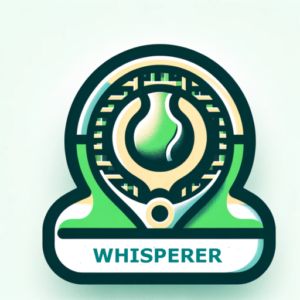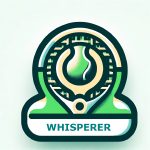What Is Your Pre-Serve Routine?
What Is Your Pre-Serve Routine?
The serve is the only shot in tennis where you have complete control before the point begins. It’s your chance to set the tone, dictate strategy, and apply pressure right from the start. Establishing a consistent pre-serve routine is one of the simplest ways to improve your focus, composure, and execution under pressure.
The Serve: Your Moment of Mastery
Unlike the unpredictable rhythm of rallies, the serve gives you total command. Nothing happens until you initiate the point. That means you have the opportunity to be deliberate—deciding where you want the ball to land, visualizing the spin and trajectory, and committing to your motion.
Biomechanically, this is where the setup dictates the outcome:
-
Palm up on the toss allows the scapula (shoulder blade) to release upward, lifting your body into the strike.
-
Knuckles up collapses the tossing arm, pulling the shoulder down and breaking the chain before you even swing.
-
In the trophy position, strings should face the sky—this opens the shoulder into external rotation, preloading it for the whip-like release.
Respect the serve. Practice it like it’s the foundation of your game—because it is.
The Two-Serve Structure Reflects the Challenge
Tennis is one of the few sports that gives you two chances to get your serve in. That’s because it’s incredibly complex: blending power, spin, timing, and precision in one motion.
-
The first serve is your opportunity to go on the offensive, using pace or placement to gain the upper hand.
-
The second serve is a test of both biomechanics and psychology. To hit it confidently, you need a reliable toss and a racket drop that flows naturally—no stiffness, no hesitation.
A strong second serve comes not just from mental toughness but from trusting the mechanics you’ve rehearsed.
Bouncing the Ball: Ritual and Rhythm
Some players bounce the ball three times. Others bounce it six or more. The number doesn’t matter—but consistency does. Those bounces aren’t just physical movements; they’re psychological anchors.
Use each bounce to get mentally and physically in sync. Think of it as your body rehearsing balance and rhythm before you send the toss skyward.
The Pause: Settling into Execution
After your final bounce, take a short pause—just one to three seconds. This isn’t idle time; it’s the moment to:
-
Center your breath
-
Steady your posture
-
Feel your balance
This pause is where biomechanics and mindset intersect: if your body is still, your toss will rise clean, your scapula will release upward, and your shoulder will be free to whip. Too short, and you rush. Too long, and you lose rhythm. Find your tempo.
Loading Tempo: Fast vs. Smooth
Your loading phase—the transition from ready position to upward motion—should reflect your athletic strengths.
-
A quicker load favors players with natural explosiveness and fast-twitch timing. It can generate more pace, but it demands precision.
-
A slower load suits players who value rhythm and control. It builds consistency, though it may sacrifice raw speed.
Biomechanically, both tempos work—as long as you keep the toss palm-up and the racket strings skyward in the trophy. Those two details ensure your shoulder mechanics stay efficient regardless of rhythm.
Building a Routine That Works
A strong pre-serve routine should be:
-
Personal: Tailored to your rhythm and mental process.
-
Consistent: Repeated the same way each time to build reliability.
-
Focused on mental and biomechanical cues: A trigger for clarity and execution under pressure.
Typical steps may include:
-
Deep breath behind the baseline to center yourself.
-
Visualization of your serve target and desired outcome.
-
Grip check to ensure your hand is set correctly (usually continental).
-
Rhythmic ball bounces to establish tempo and focus.
-
Short pause in ready position to commit mentally and keep your toss palm-up, racket strings skyward.
The goal is simple: clear your mind, commit to your target, and trust your motion.
Wrap
The serve is more than a stroke—it’s a biomechanical and psychological advantage waiting to be claimed. A strong pre-serve routine anchors your mind and body, ensuring your toss, shoulder motion, and racket angle align every time. In a sport where margins are razor-thin, that consistency can be the difference between holding serve or giving it away.
Own the moment. Use your routine to step into each point with purpose—and with biomechanics on your side.




